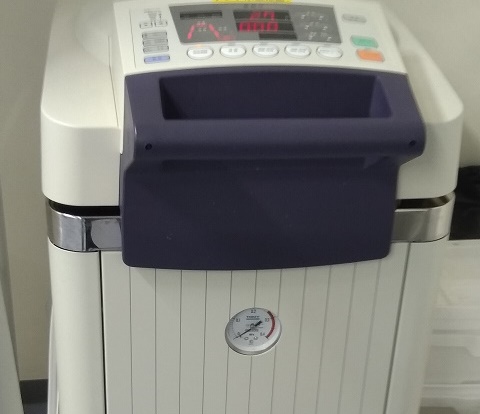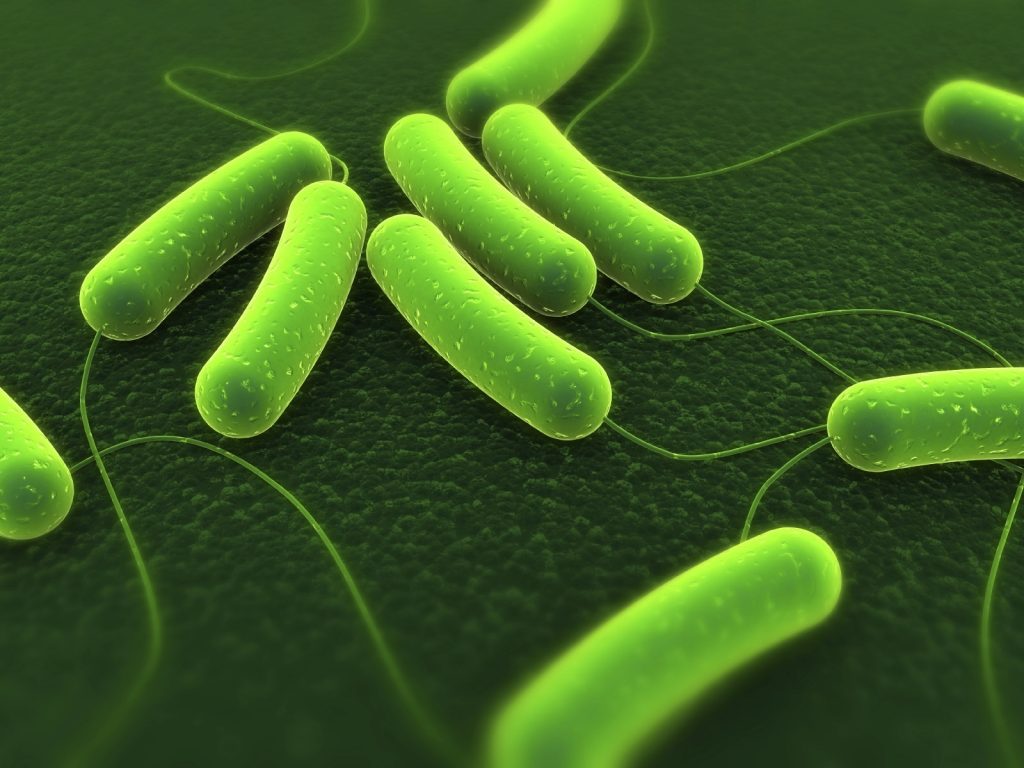Autoclave is a piece of equipment that allows materials to be heat-sterilized under pressure and with a saturated steam. It is generally used to achieve sterilization of culture media and other reagents in the microbiology laboratory; and sterilization using the autoclave is achieved under pressure at various temperatures and time limit (e.g. 121oC for 15 minutes at 15 psi).
The principle behind the operation of the autoclave is similar to the pressure cooker used for cooking at our homes. Sterilization using the autoclave is achieved by moist heat unlike the hot air oven which sterilizes materials with dry heat (Figure 1). The components of the autoclave include the gasket (which carries the materials to be sterilized), the lid containing valves (especially pressure valve and the steam/air valve) and electric element (that generates the steam or heat for the sterilization process) amongst others.
The valve(s) is usually left open during sterilization until all the air in the vessel or chamber has been displaced; and then it is closed again to allow the pressure in the chamber to build up for proper autoclaving. Autoclaving is one of the most dependable methods of sterilizing laboratory equipment, culture media, and other reagents in the microbiology laboratory; and it is also used for the decontamination of old cultures and reagents and other biohazardous waste before disposal.
MAINTENANCE/CARE OF THE AUTOCLAVE
- Read the owner’s manual carefully before operating the autoclave.
- Allow the pressure of the autoclave to fall to zero level before opening the lid.
- Do not sterilize combustible materials in the autoclave (Figure 1).
- Report any fault of the autoclave to the technician in the laboratory.
- Drain water from water chamber after use to prevent rusting.

REFERENCES
Cheesbrough, M (2006). District Laboratory Practice in Tropical countries Part I Cambridge
Chung K.T, Stevens Jr., S.E and Ferris D.H (1995). A chronology of events and pioneers of microbiology. SIM News, 45(1):3–13.
Dictionary of Microbiology and Molecular Biology, 3rd Edition. Paul Singleton and Diana Sainsbury. 2006, John Wiley & Sons Ltd. Canada.
Goldman E and Green L.H (2008). Practical Handbook of Microbiology, Second Edition. CRC Press, Taylor and Francis Group, USA.
Madigan M.T., Martinko J.M., Dunlap P.V and Clark D.P (2009). Brock Biology of microorganisms. 12th edition. Pearson Benjamin Cummings Publishers. USA.
Nester E.W, Anderson D.G, Roberts C.E and Nester M.T (2009). Microbiology: A Human Perspective. Sixth edition. McGraw-Hill Companies, Inc, New York, USA.
Prescott L.M., Harley J.P and Klein D.A (2005). Microbiology. 6th ed. McGraw Hill Publishers, USA.
Willey J.M, Sherwood L.M and Woolverton C.J (2008). Harley and Klein’s Microbiology. 7th ed. McGraw-Hill Higher Education, USA.
Discover more from #1 Microbiology Resource Hub
Subscribe to get the latest posts to your email.


